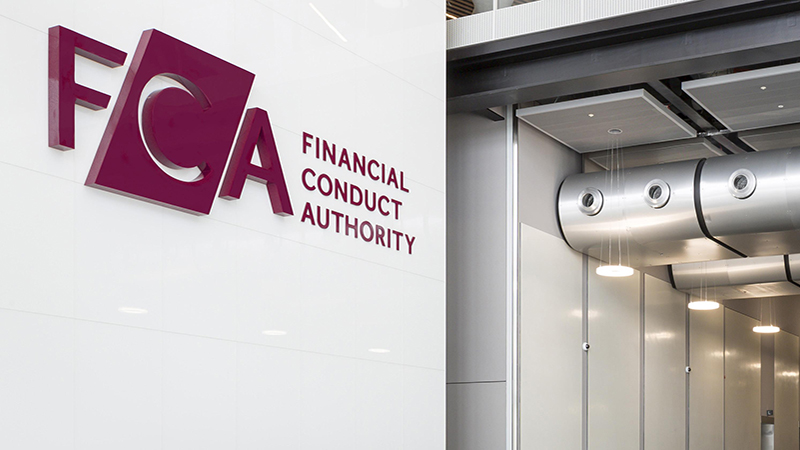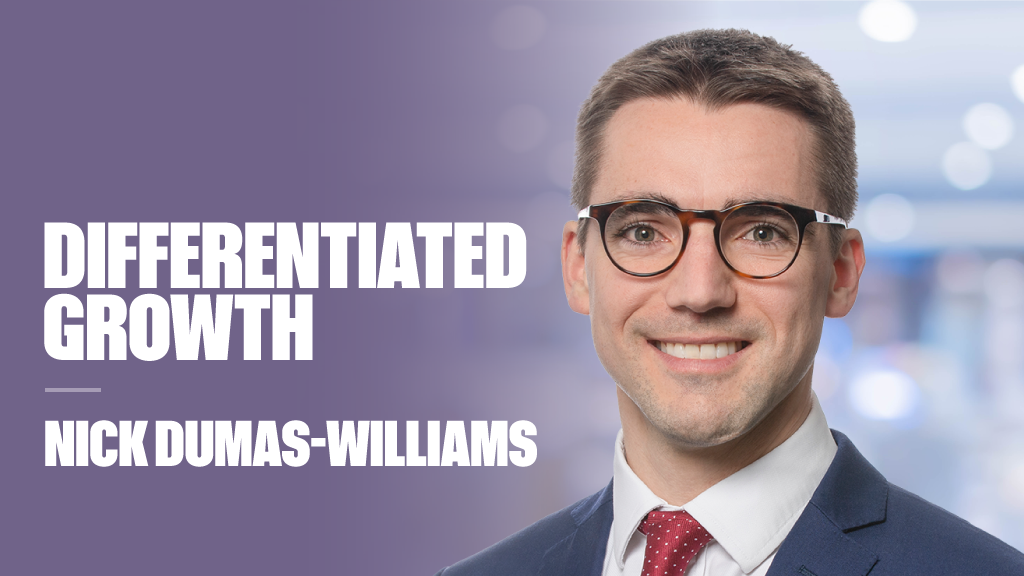And, as we have commented before, those companies that don’t are likely to suffer.
For Jamie Forbes Wilson, manager of the AXA Framlington Blue Chip Equity Income Fund, dividend growth is one of the primary metrics he looks for in a stock.
“Dividend growth is a key factor, it is one of the drivers of share price performance; there is a clear and direct correlation, the better the dividend performance of a company, the better their share price tends to be.”
Source AXA Framlington
And he says, in the wider context of a world where income is hard to come by, dividend-paying companies are increasingly going to be a place that people want to focus a significant chunk of their investment – especially since dividends have been rising.
“Since 2010, dividend growth rates have recovered quite steadily, a trend that has been enhanced by special dividend payments over the last few years,” he points out.
But, while he does not think that we will yet see an end to special dividends, he does concede that the market is getting to a point where a lot of companies that previously had nothing better to do with the cash than give it back to shareholders, are beginning to pay more attention to their internal needs and more firms are beginning to reinvest and spend money on capex.
But, he says, there is still a strong message coming from investors that companies should return excess cash to shareholders.
“You may see fewer special dividends, but as the economy recovers and companies invest in their businesses, you will see better, more sustainable ordinary dividends, which is an equally exciting prospect.”
Forbes Wilson says there are a number of ways of playing into this trend. Two good examples are to be found within motor insurance and mining.
In the mining space he is overweight BHP Billiton and Rio Tinto.
“These are very large, cash generative businesses, that have been through a large capex phase that is drawing to a close and they are going to be throwing off large amounts of cash. And they are at attractive valuations.”
While in the insurance space, motor and household insurers, Direct line and Esure, are two companies that stand to generate large amounts of cash.
“Motor and household insurance rates have been falling for a few years now, it is a classically cyclical market and it would appear there is a chance we are coming to the end of that downdraft in the cycle. Premiums appear to be bottoming and they have the potential to rise significantly over the next few years.”











